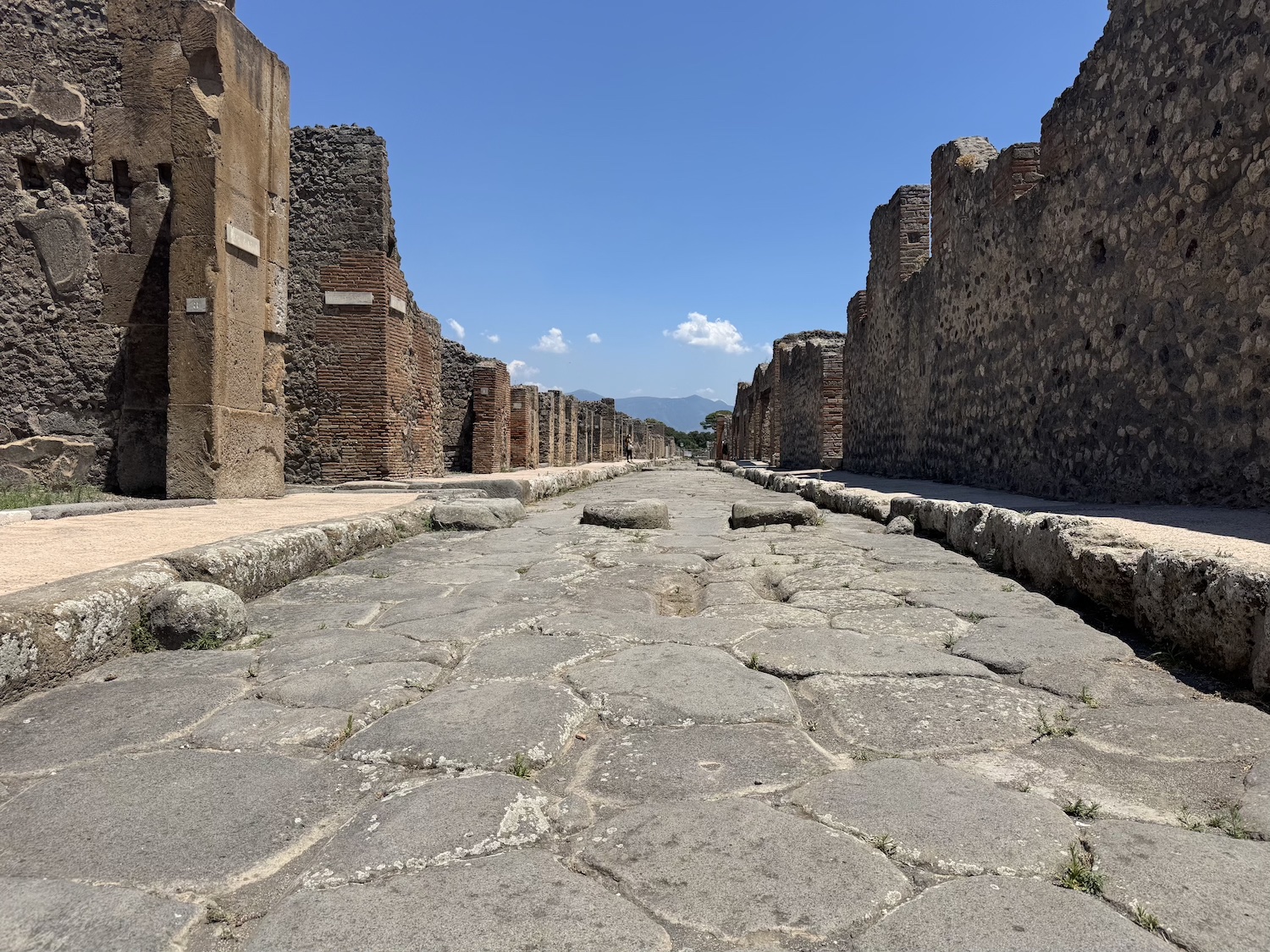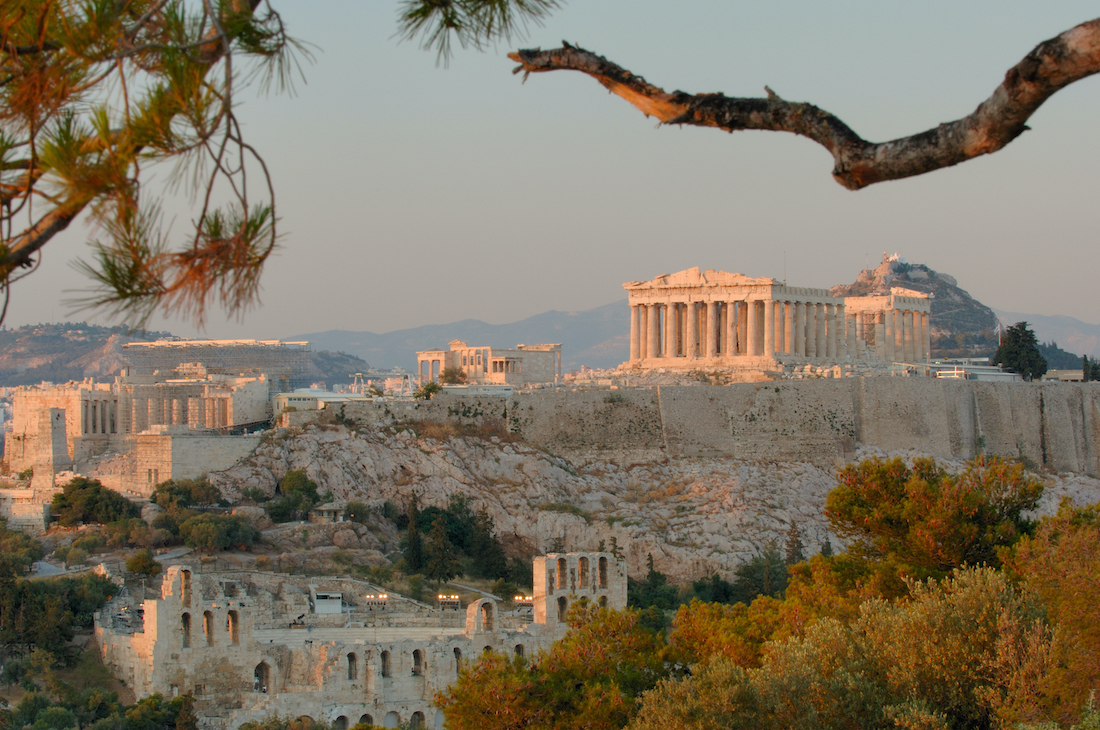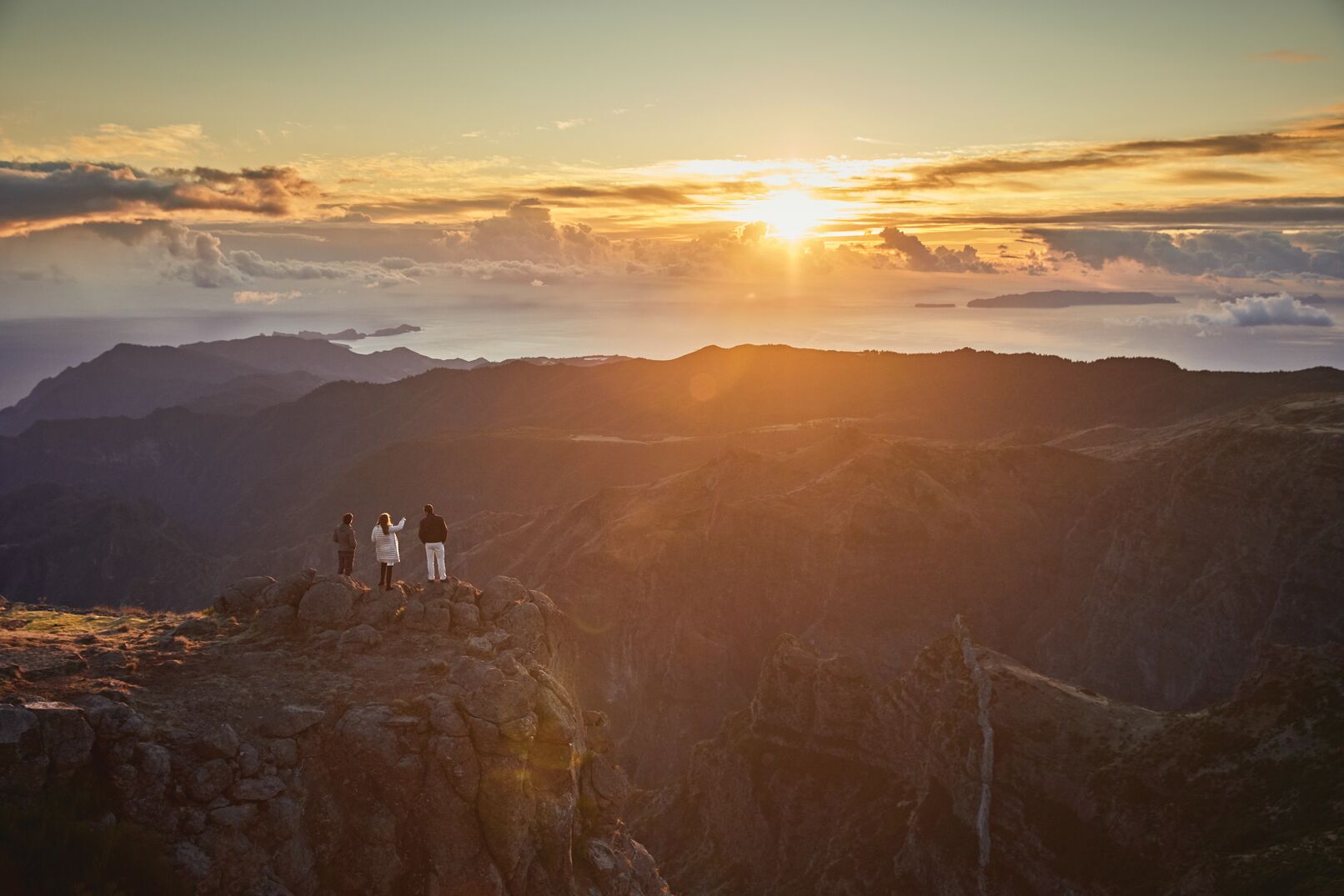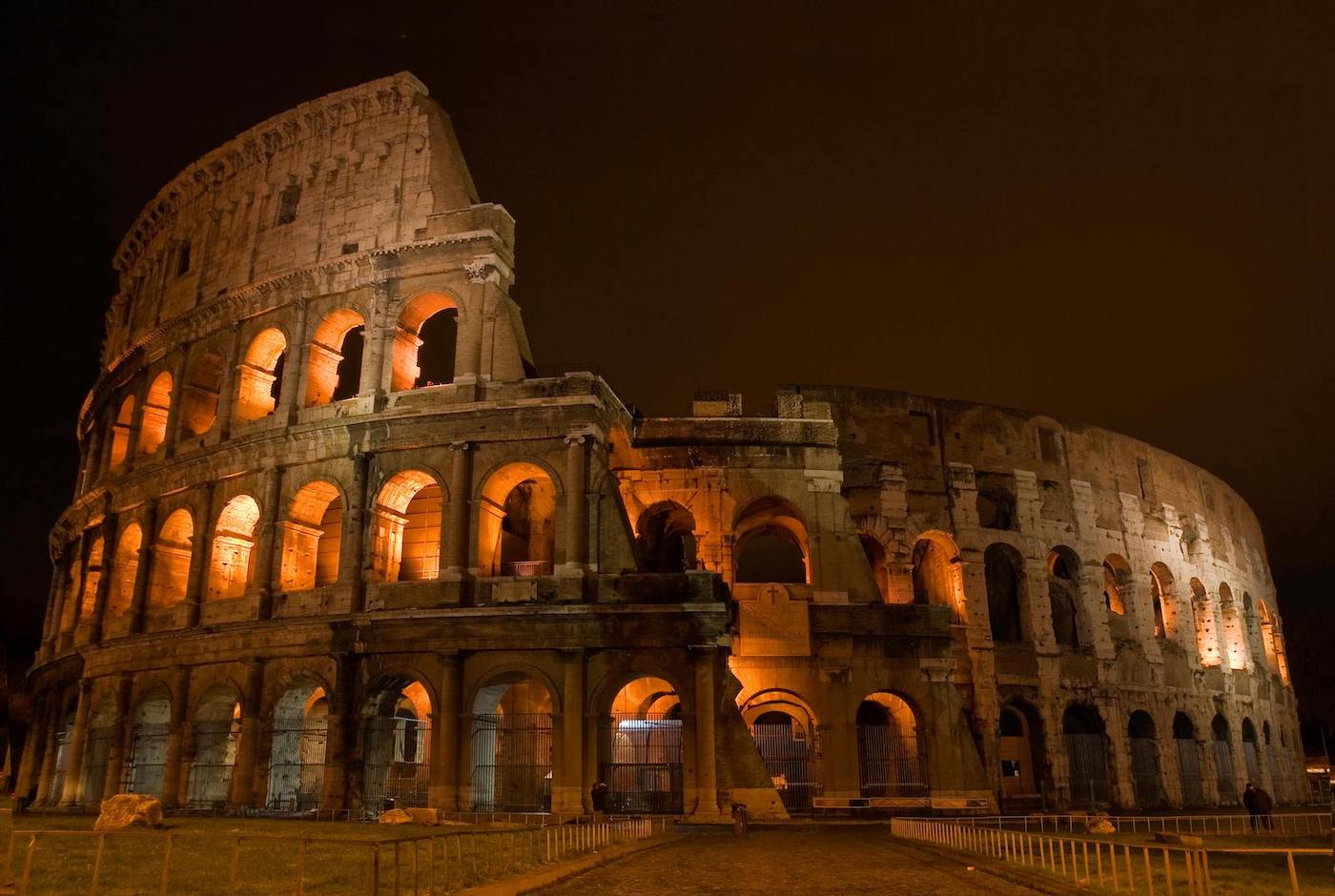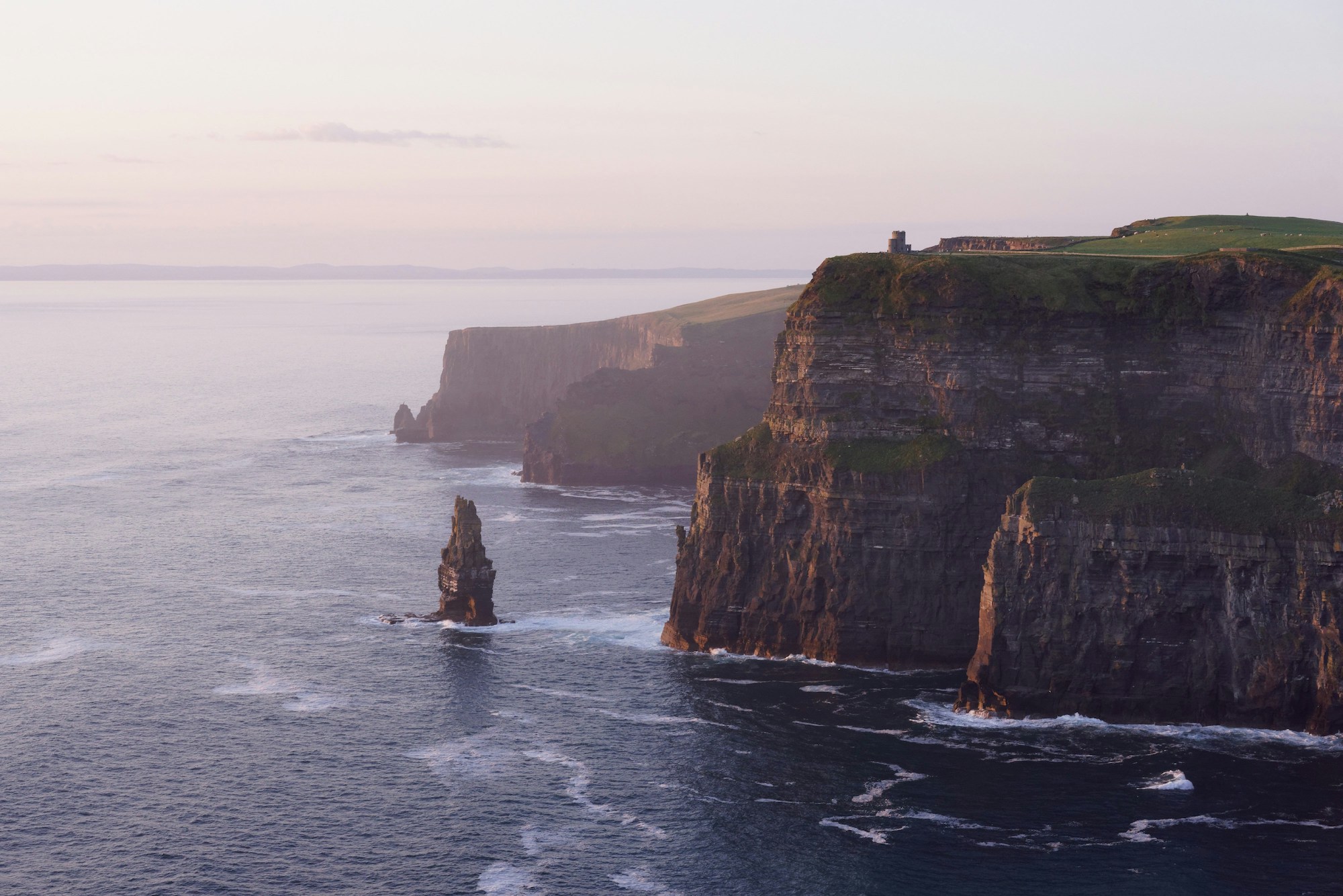Discover the Charms of the Legendary Amalfi Coast
The Sorrentine peninsula juts into the Tyrrhenian Sea just south of Naples like a knobbly, pointing finger, the mountainous interior formed by the limestone Monti Lattari and its rugged southern shores blessed by some of the most spectacular coastal scenery in the world.
A mix of sophisticated, jet-set chic and simple, rural lifestyle characterises the legendary Costiera Amalfitana where superyachts, chauffer-driven Mercedes and five-star hotels co-exist with much simpler realities. Up in the hills, around modest stone hill villages, farmers cultivate small plots on steep terraces while their wives make provolone del Monaco and fiordilatte cheeses. Down on the coast, a few fishing boats still ply the local waters.

Until 1852, when the 40-km long SS 163 was blasted out of the base of the Lattari Mountains, there was no road linking the coastal communities. Today the ‘road of a 1,000 bends’ hugs soaring cliffs and deep gorges, slicing through olive groves, lemon terraces and whitewashed villages, rising and dipping above the shimmering, azure sea. It is one of the most magnificent coastal drives in the world, yet one of the most frustrating thanks to the heavy traffic, so the best way to move around the area is by boat.
One of the highlights of any visit to this sun-kissed corner of Campania is the fresh, local food. Gourmets will appreciate the fact that the Sorrentine peninsula has one of the highest concentration of stars in Italy, but that’s not the whole story and some of the best eating experiences are to be had in authentic trattorie that are well off the tourist radar. The culinary traditions here are influenced by the dual existence of sea and mountains and the warm, sunny climate: flavours are bold and colours are bright.
Positano is a beguiling and impossibly picturesque place, its cubed, pastel-hued houses and bougainvillea-draped terraces tumbling down the mountainside and closing around the beach like a stage set. It is also home to several of the most exclusive hotels in Italy. When John Steinbeck came to Positano to write his famous article for Harper’s Bazaar in 1953, he stayed at Le Sirenuse finding ‘an old family house converted into a first class hotel, spotless and cool’. Still owned and managed by the Sersale family today – and still spotless and very cool - it is one of the most exclusive hotels in the world offering facilities and services that include a vintage wooden Riva boat for spins up the coast. Aldo’s bar is a magical spot for a glass of fizz before dinner on the fabulously romantic terrace of La Sponda. Just outside the town is the equally luxurious and exclusive San Pietro di Positano, built in layers on a sheer cliffside with a private beach club at the bottom. A Negroni perched on one of the famous majolica benches on the bar terrace watching the sun go down is a memorable way to start the evening.

The once glorious maritime republic of Amalfi is a very pretty little resort wedged between the mountains and the sea and fringed by lemon terraces. It’s famous for its paper mills (the Amalfitani learned to make paper from the Arabs), its juicy sfusato lemons, and its magnificent Norman-Arab style Duomo. Borgo Santandrea, one of the area’s more recent luxury hotel openings, lies to the east of the town in a prime position above its own private beach club. Filled with a remarkable collection of mid-century furniture, its rooms and suites look out to sea through floor-to-ceiling windows; the best have their own plunge pools.
Ravello is the jewel in the coastal crown, ‘nearer to the sky than it is to the shore’ (André Gide wrote), dominating the coast from a 350-metre high buttress and removed both in body and in soul from the frantic traffic on the SS 163 far below. Its elegant palazzi, secluded villas, dreamy gardens, magnificent views and romantic sense of faded glory have inspired visitors for centuries. Caruso, a Belmond Hotel stands on a quiet piazzetta in the town centre, a beacon of luxurious hospitality in the area. Its famous infinity pool has recently been completely renovated and now has a brand new pool club and terrace with a number of shady cabanas where guests can sip cocktails while admiring the magnificent, far-reaching views.
.jpg)
For spectacular bathing and snorkelling in crystal clear waters, nip over to Li Galli, the archipelago of three tiny, jagged islands that lie just off Positano where Rudolf Nureyev lived for the last years of his life. Or head to pebbly Marina di Cantone for a swim and a lunch of spaghetti alla Nerano (with zucchini) at Da Tommaso. La Spiaggia di Fornillo, just round the headland from Positano’s Marina Grande is where the locals go to swim.
Off the tip of Punta Campanella lies the island of Capri, a great chunk of limestone soaring from the sparkling sea. Capri’s wilder, more remote side can be explored through the network of footpaths that criss-cross the island, but to get a real sense of place, you need to be on the water; a gentle cruise around its circumference reveals secret coves and sea caves, tiny scraps of beach lapped by gin-clear waters, villas hidden among folds in the cliffs and towering rock formations looming over inky-blue depths. There are cultural diversions too; the ruins of Roman Emperor Tiberius’s clifftop Villa Jovis and Axel Munthe’s Villa San Michele in Anacapri. Then there is the Blue Grotto; you can swim into it once the tourist boats have left in the late afternoon. As the sun goes down, everyone gathers in the picturesque Piazzetta, Capri‘s elegant open-air drawing room, for an aperitivo and chatter before moving on to dinner, maybe at Da Paolino for perfectly-cooked spaghetti with clams under a fragrant lemon arbour. Or you can hop in one of the glamorous open-topped taxis and head for Il Riccio, built out over the rocky shoreline below Anacapri, to feast on hopping fresh fish and seafood.

To catch Capri at its best (the day-trippers leave in evening), it’s essential to stay several nights and there is no lack of top-class hotels. JK Place Capri is set into the cliffside immediately above the port at Marina Grande and with just 22 rooms, it has a discreet, clubby atmosphere and magnificent views across the Bay of Naples from its many terraces. The Capri Tiberio Palace offers retro glamour and a fabulous spa just below Capri town while Punta Tragara has a cliffhanger setting and knock-out views directly above the Faraglioni rocks in a villa built by Le Corbusier. Over in quieter Anacapri is the Capri Palace Jumeirah which provides understated opulence and style along with an outstanding spa.
Article by Nicky Swallow



















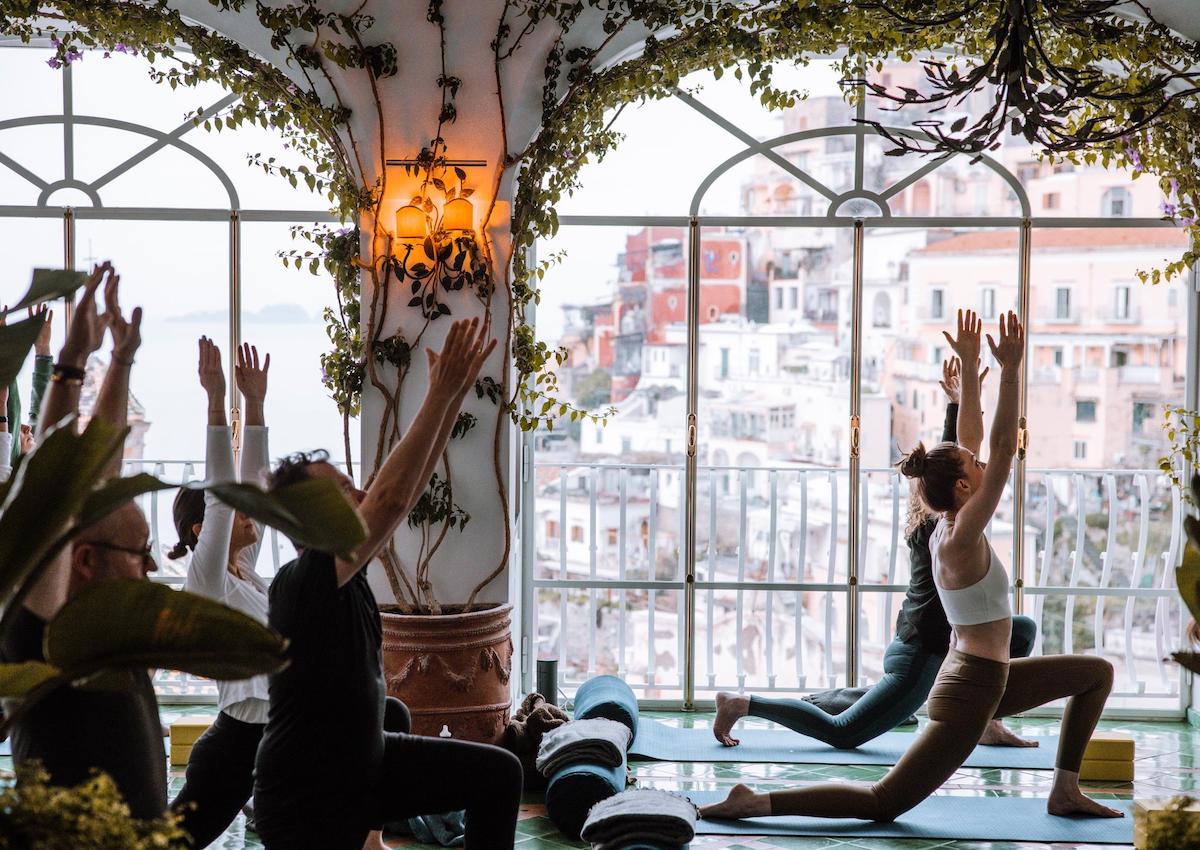
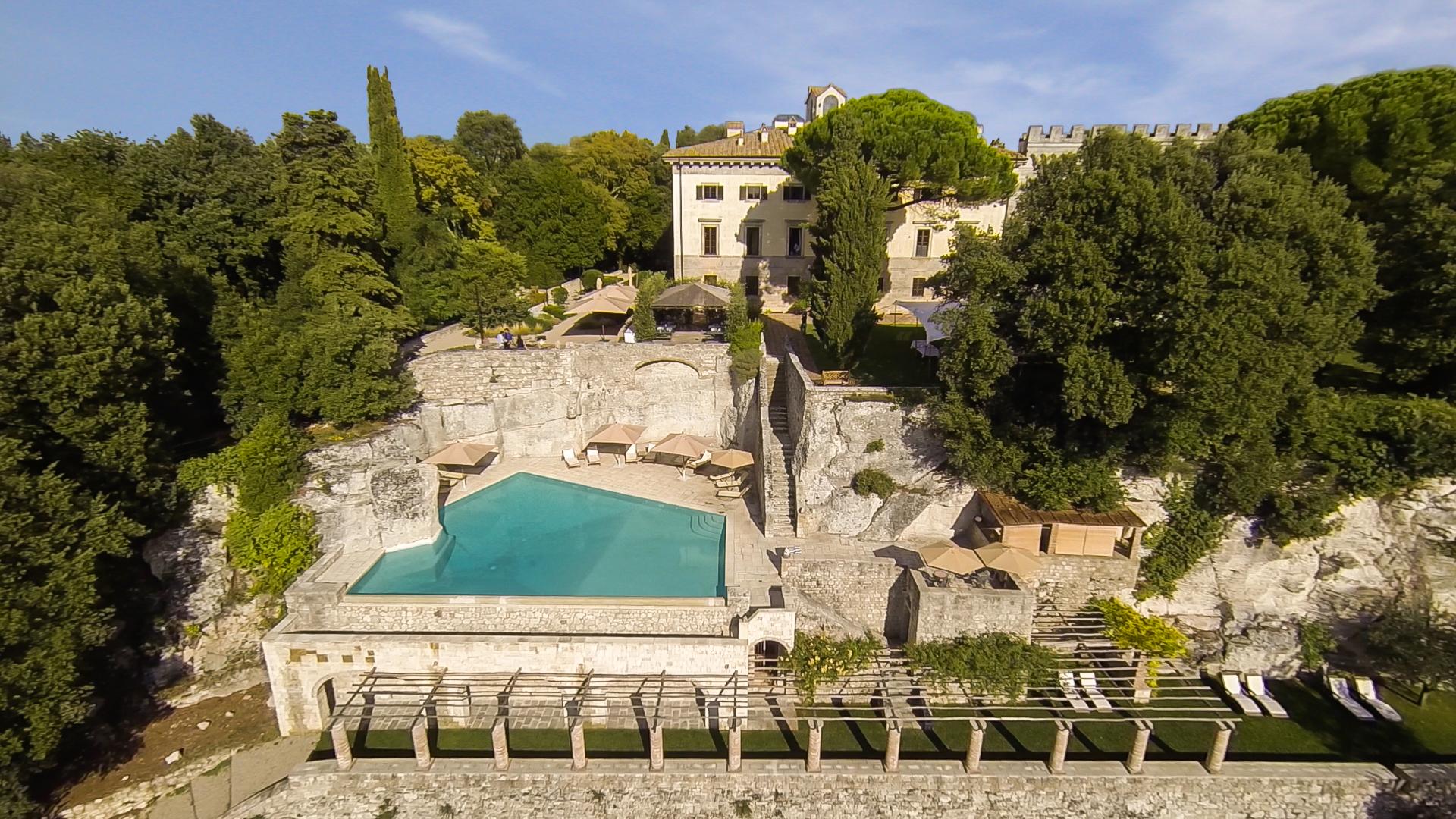
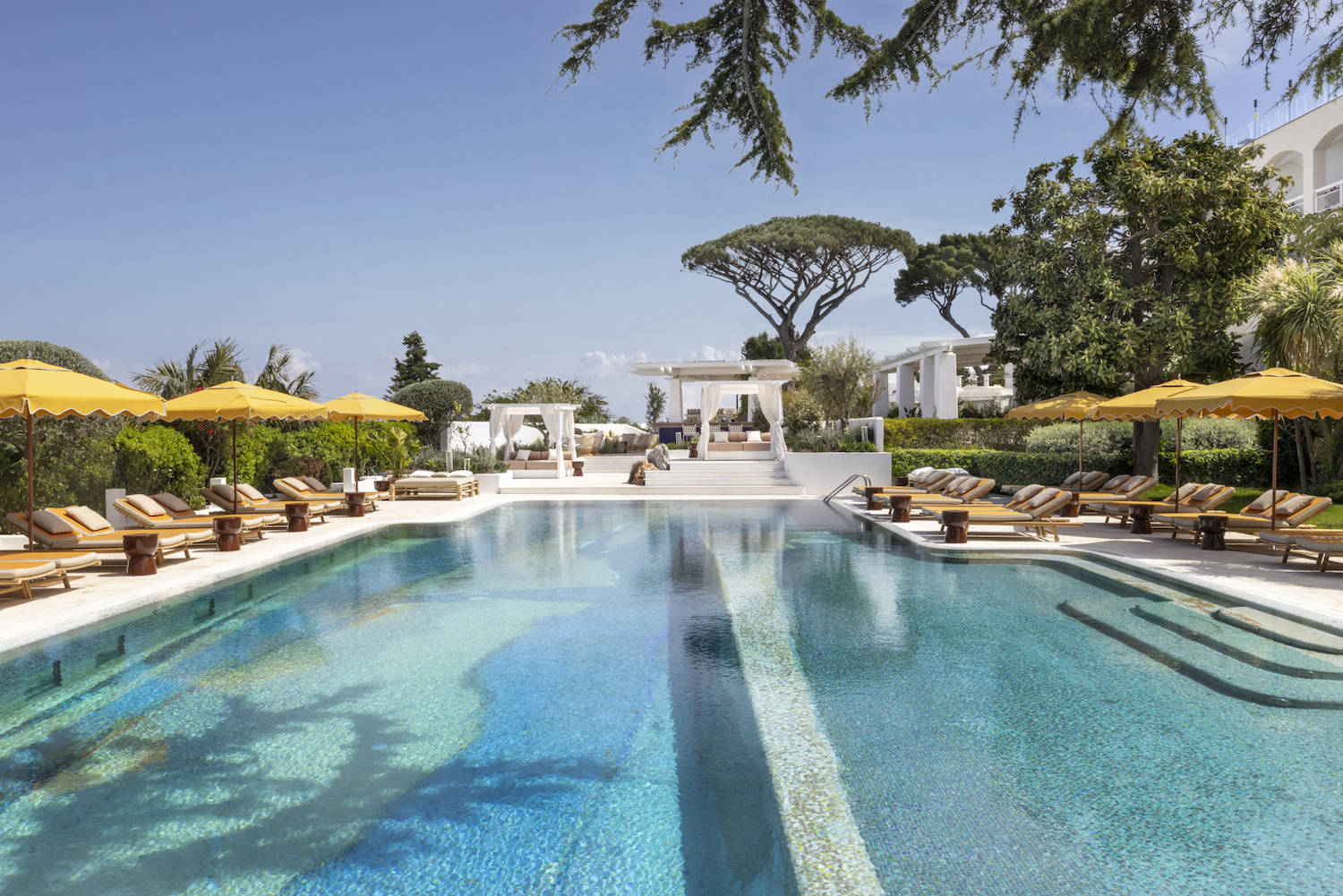
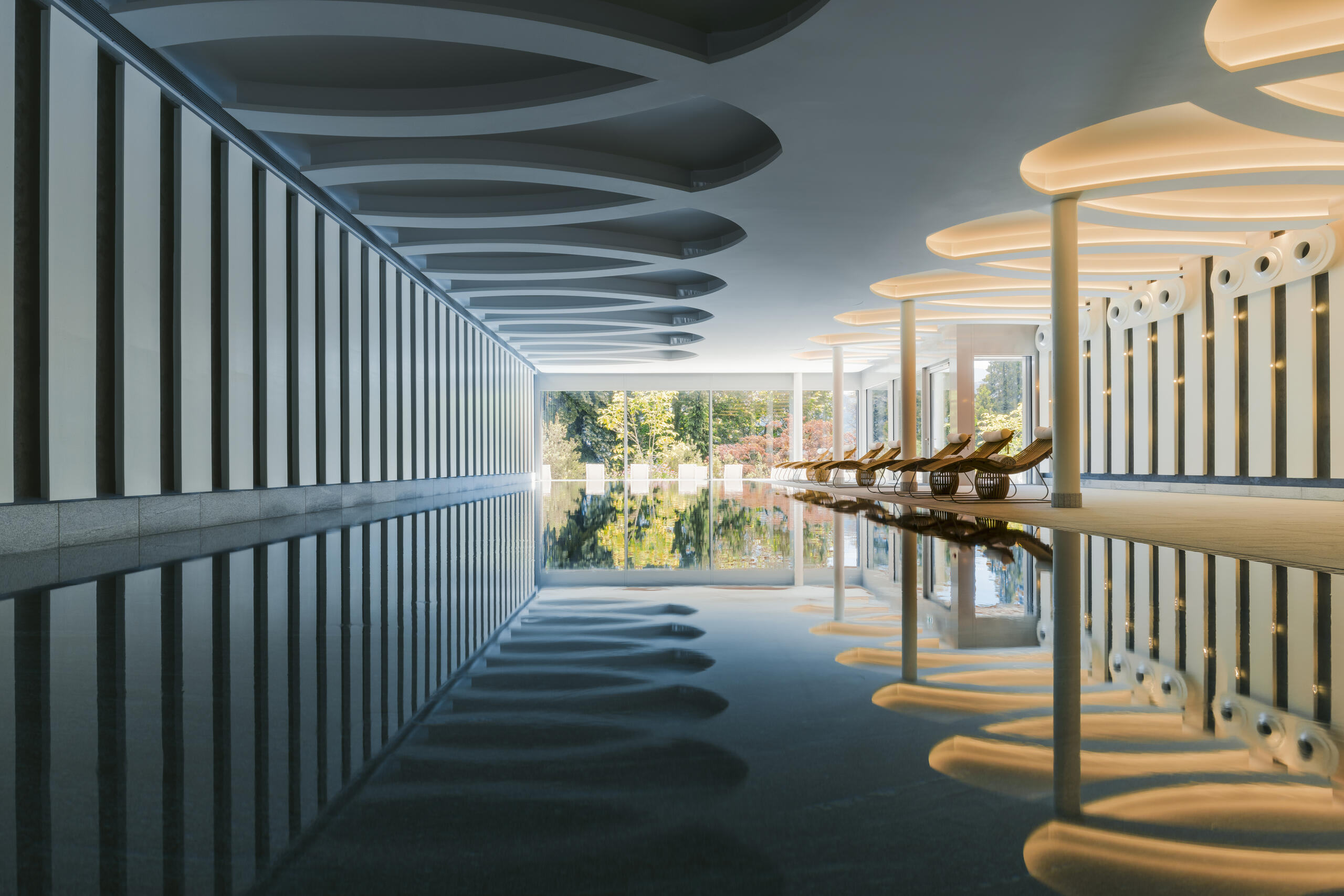
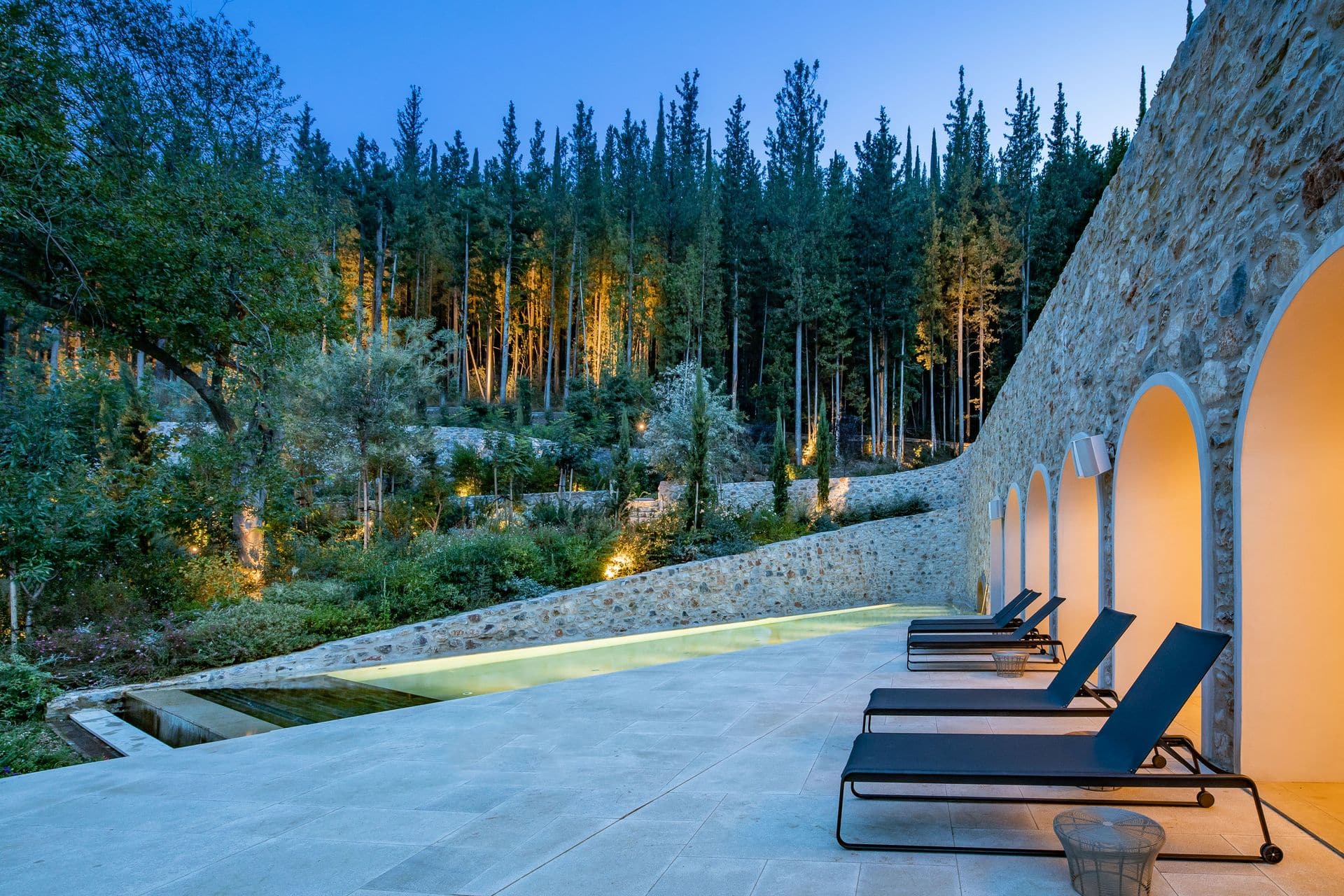
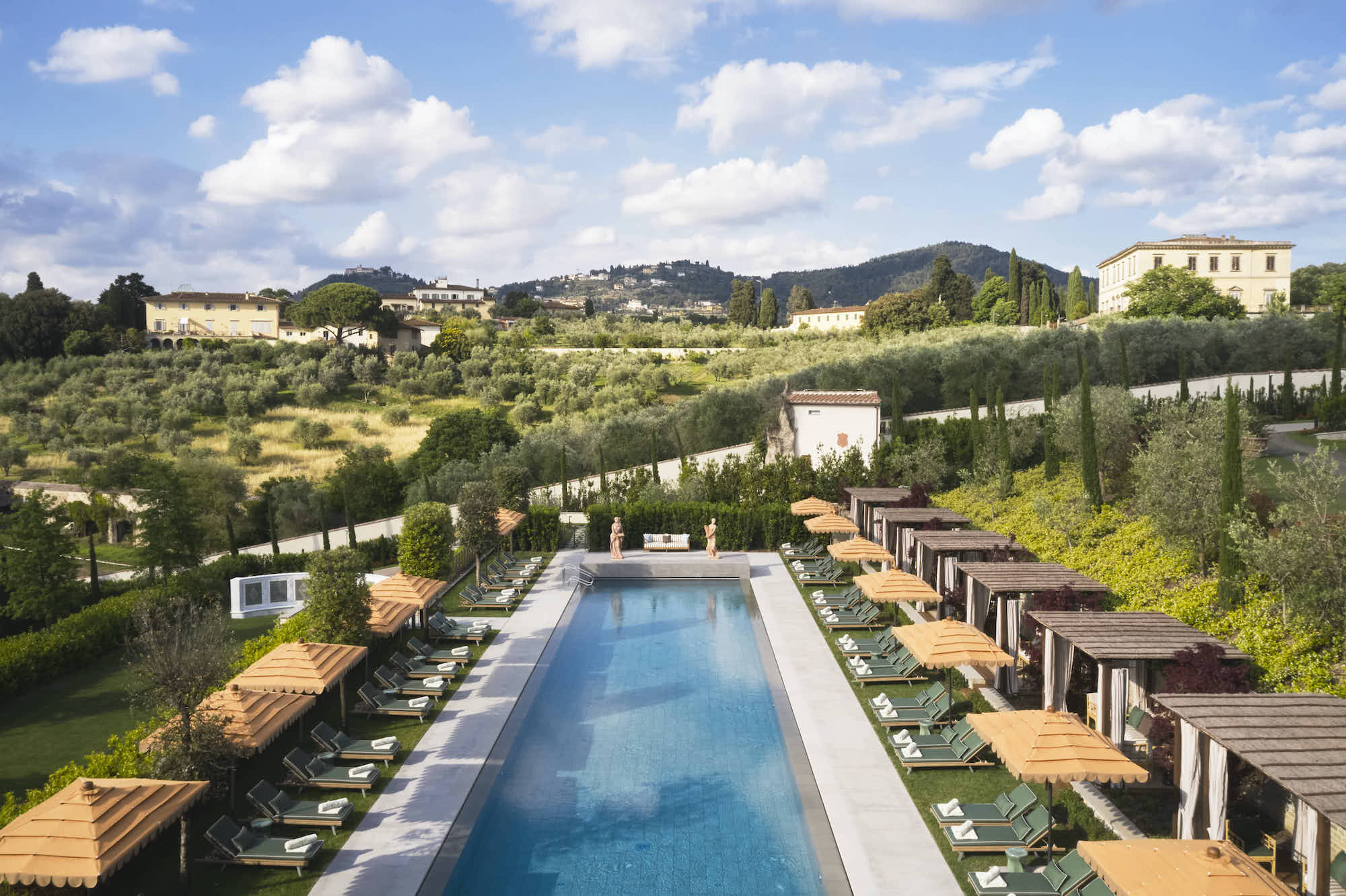
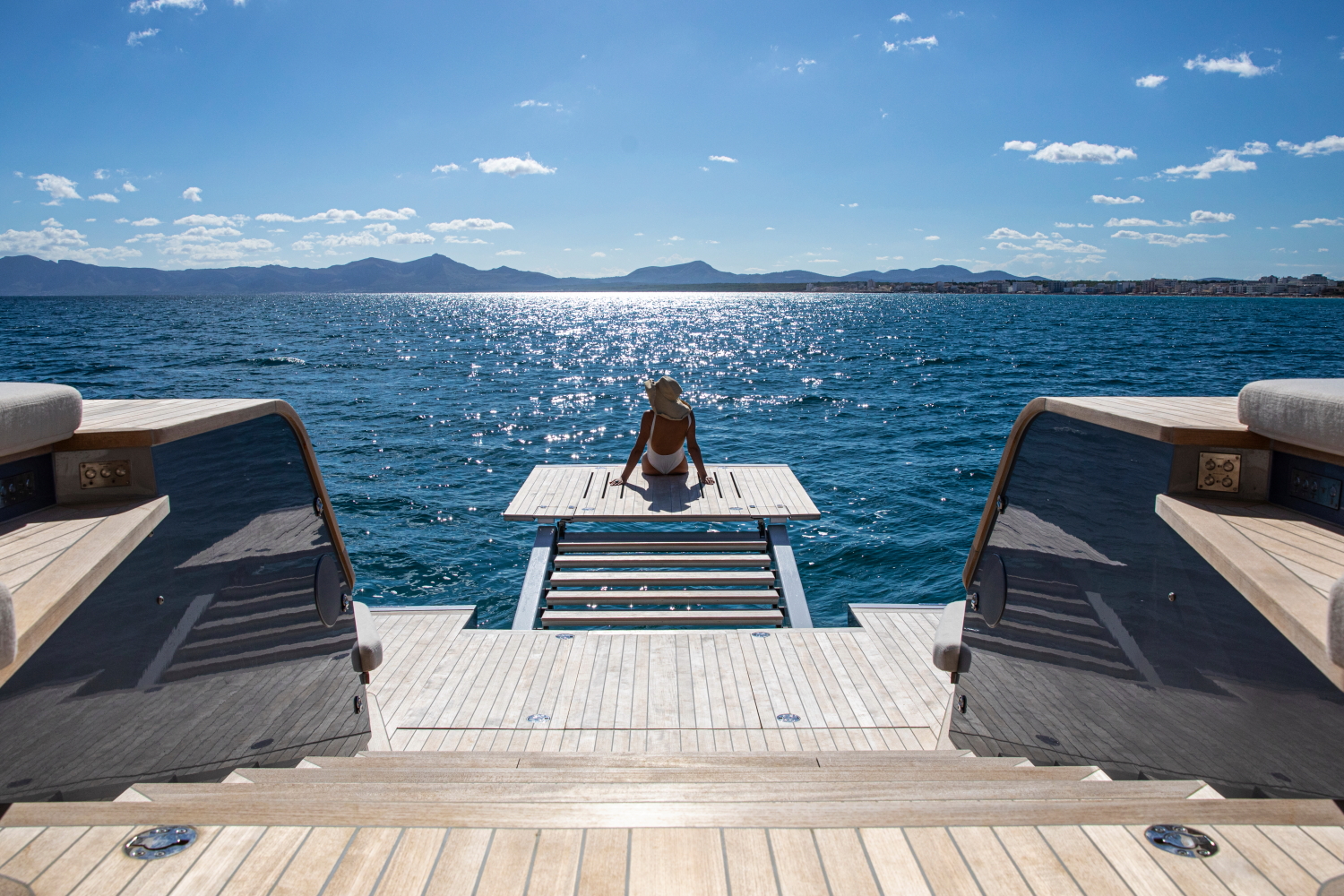

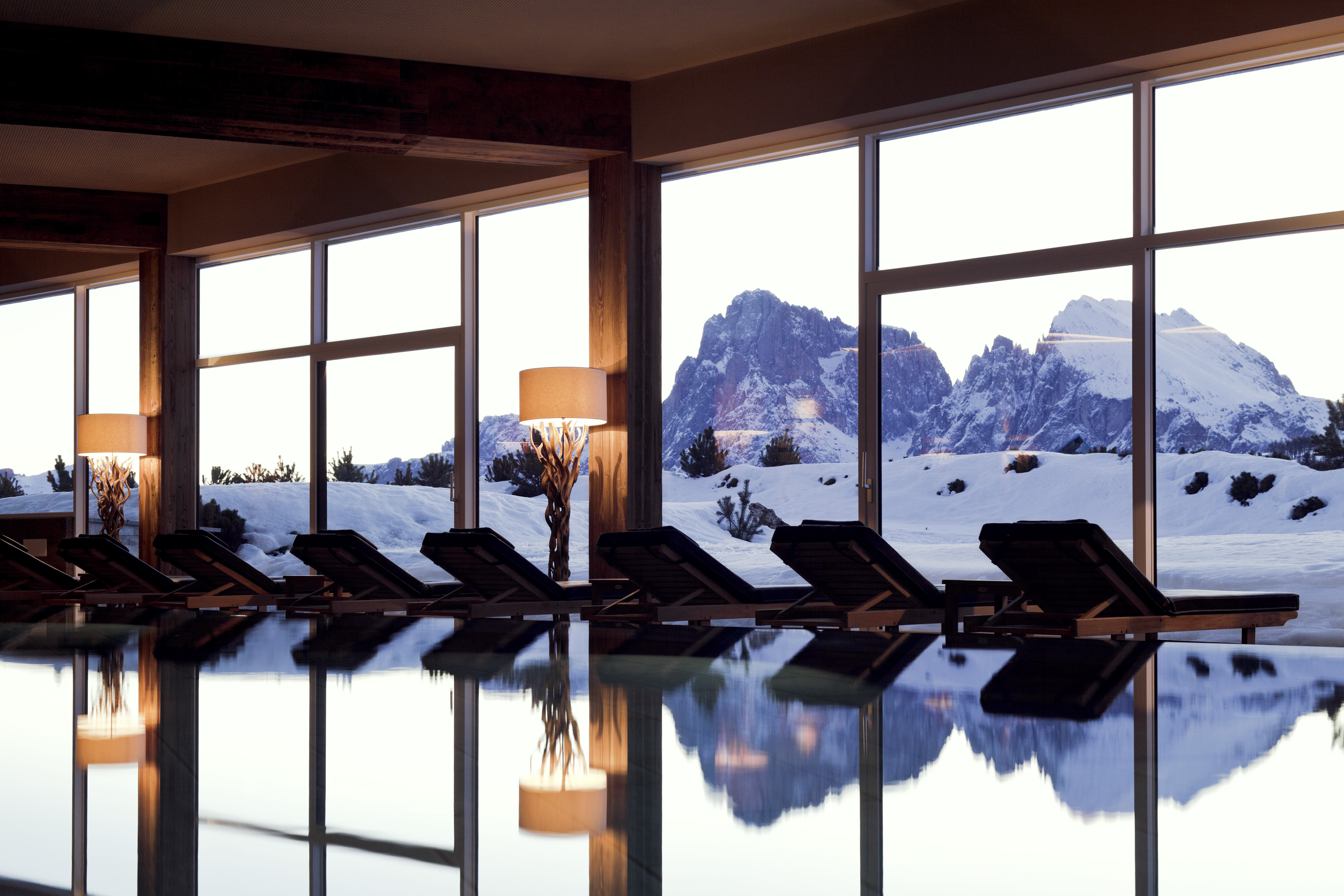

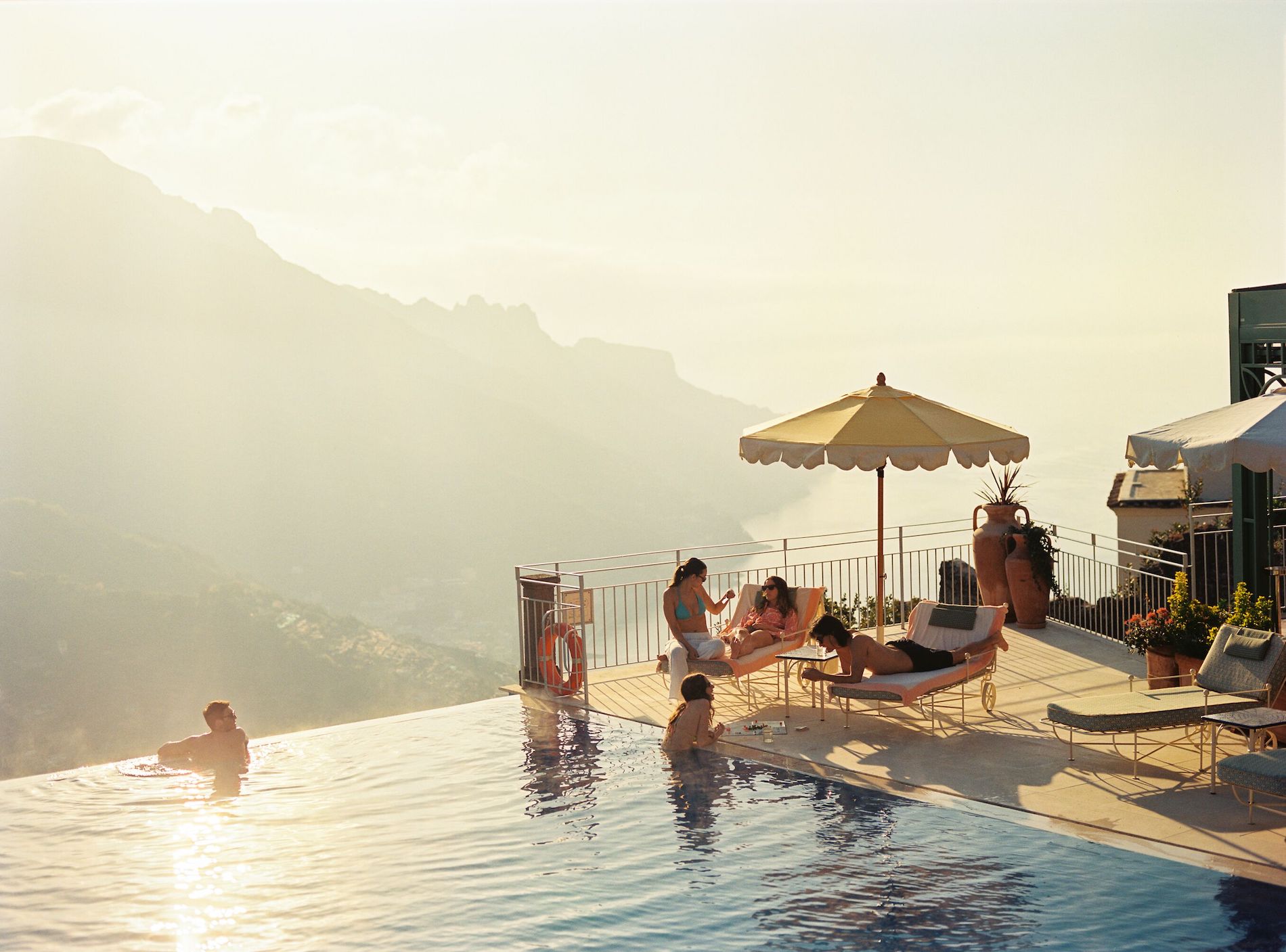
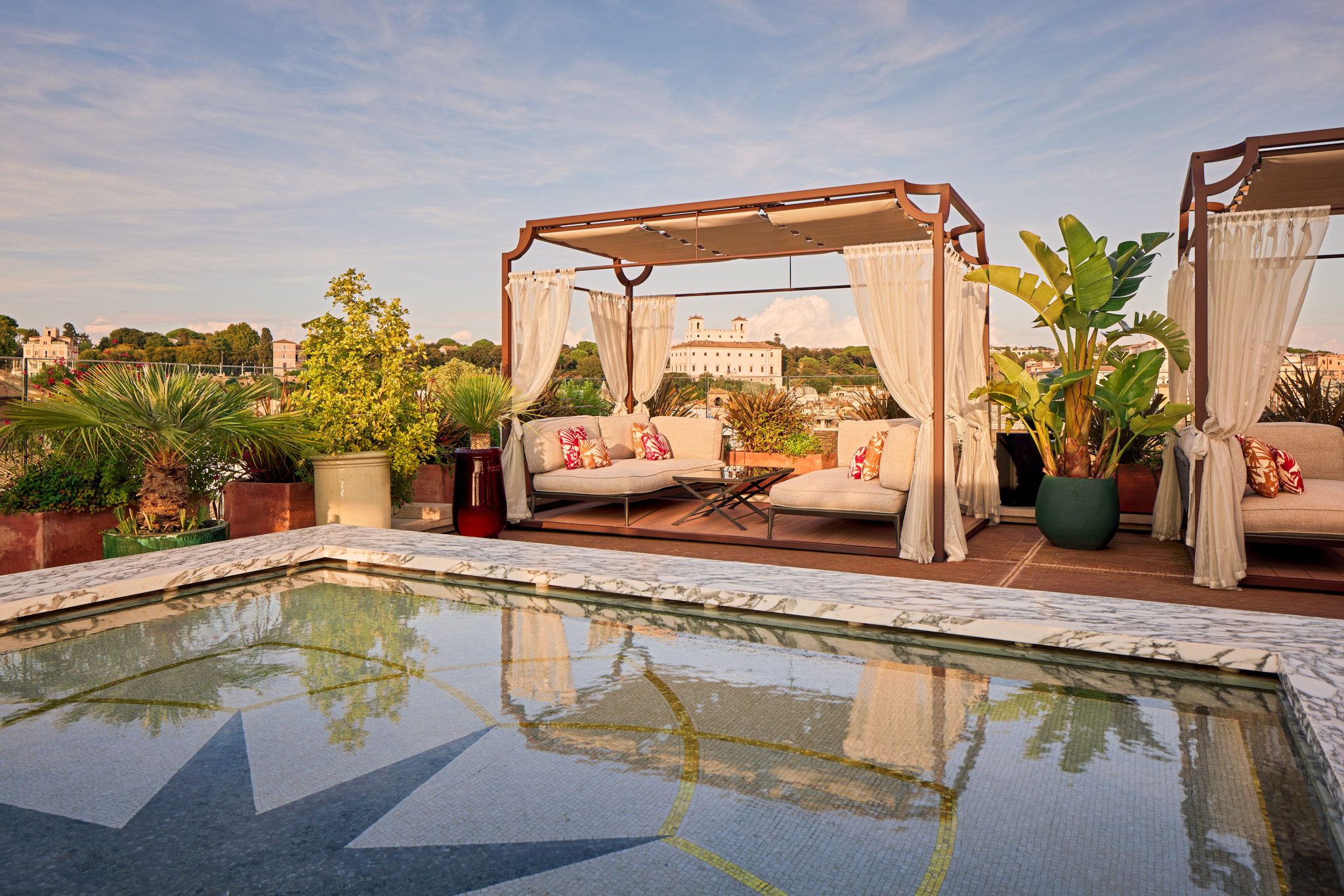
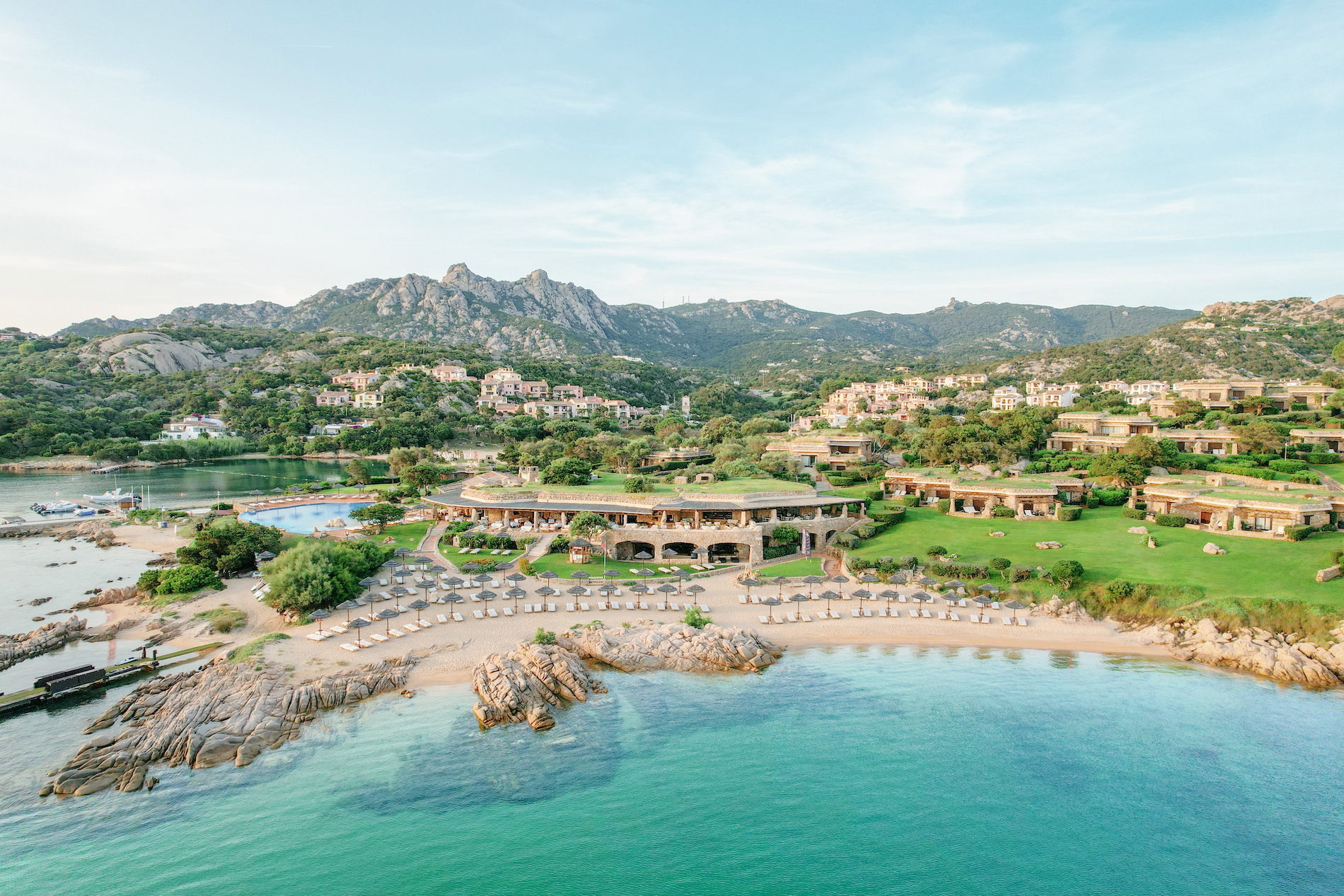
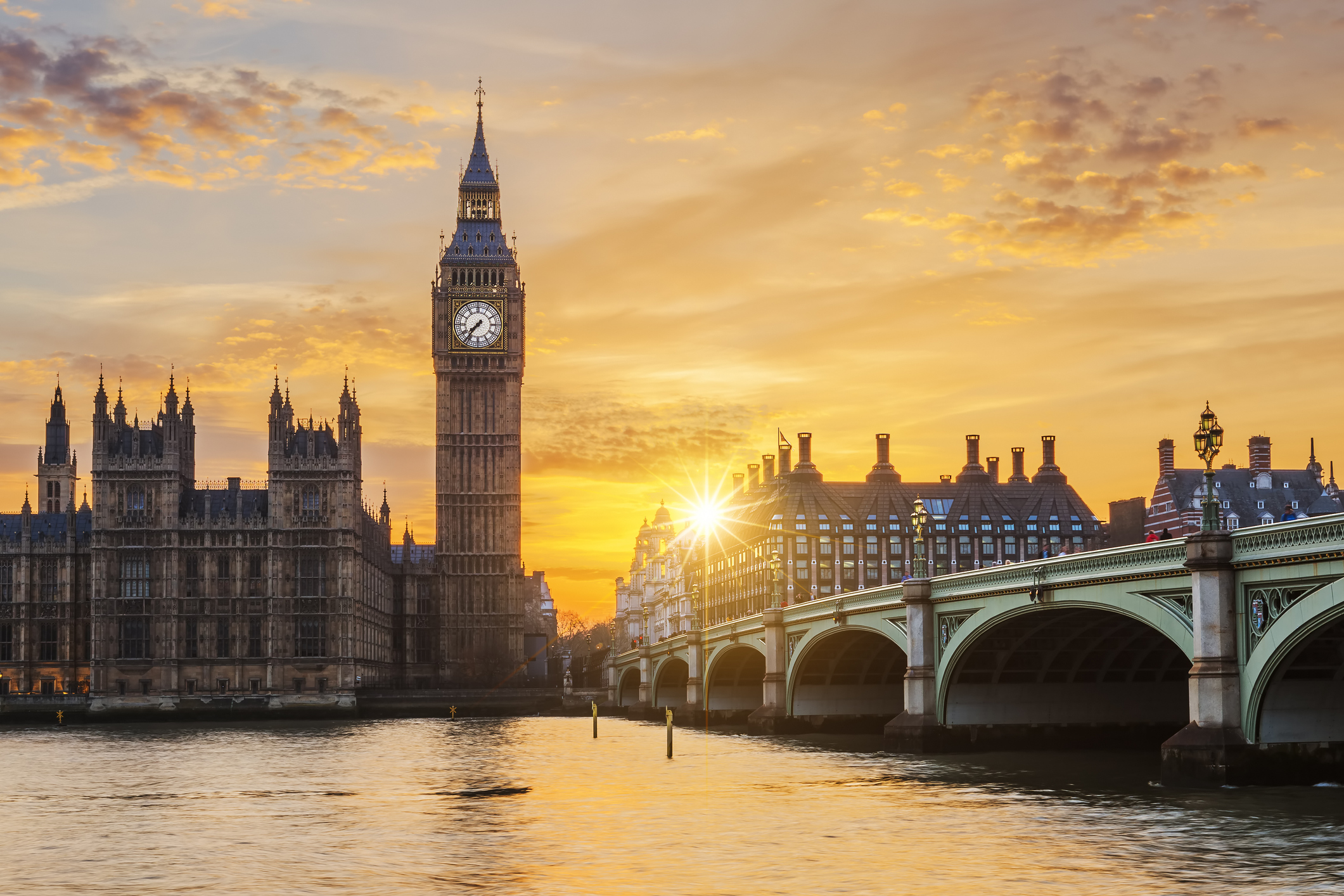
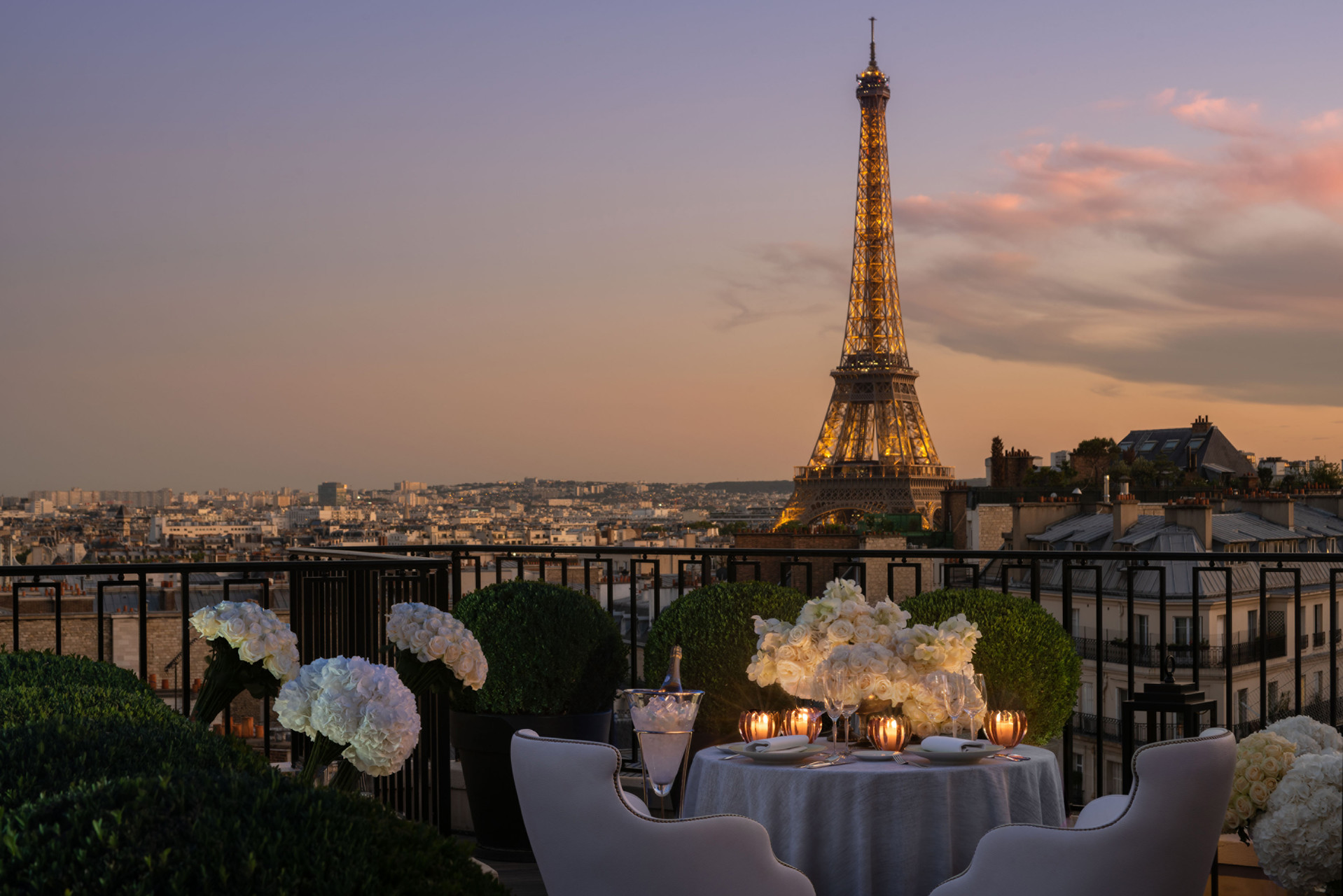
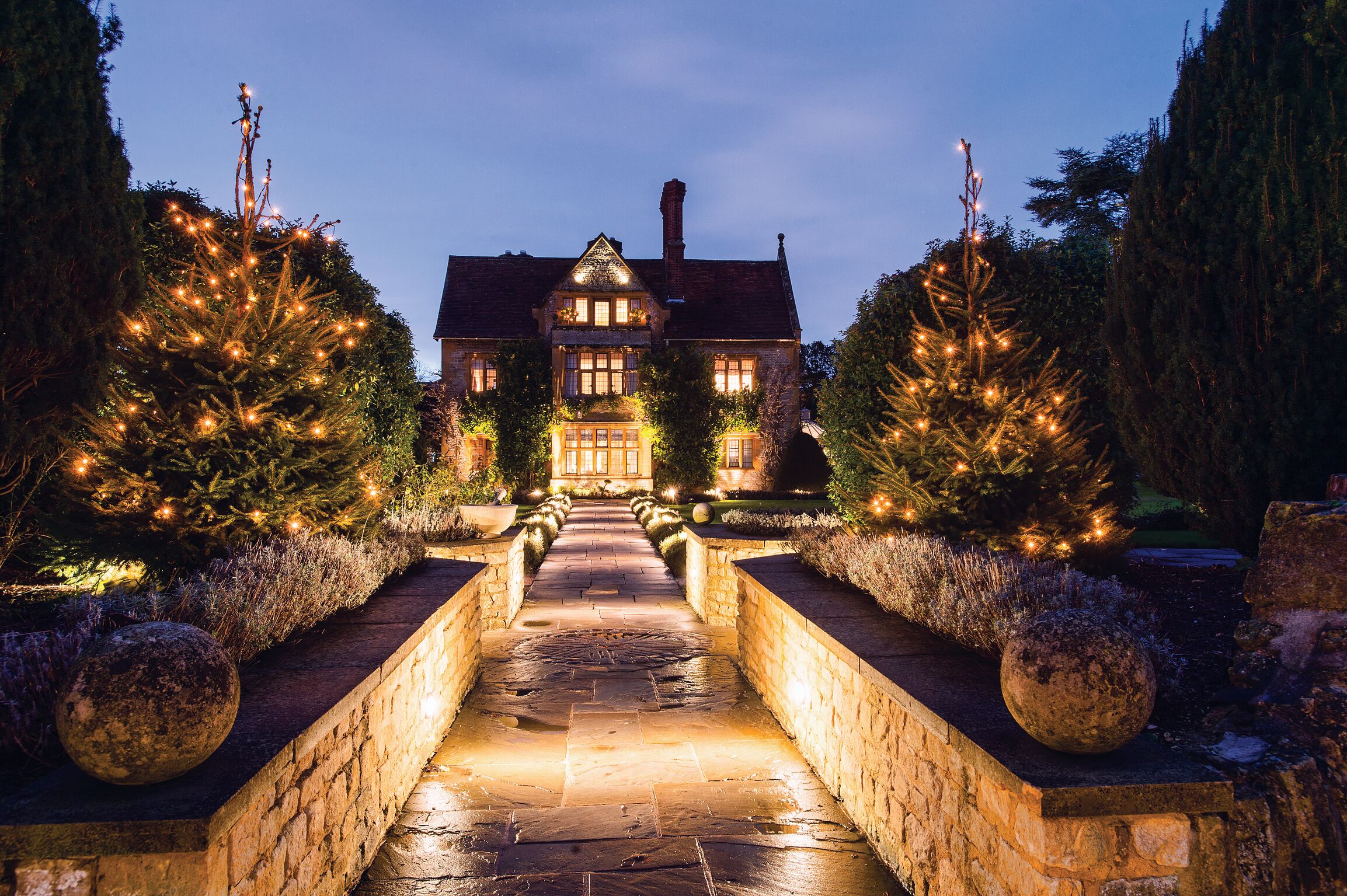
.jpg)

